Four Key Ways Craft Breweries Can Increase Market Visibility
Did you know 83% of Americans (21-years-old and up) live within 10 miles of a craft brewery? Greenville, rather the Upstate, is home to 11 craft breweries, with two more scheduled to open in April. And there are countless bars, pubs and outlets offering local and not-so-local craft beer. The EVG team appreciates a hearty stout and luscious pale ale. So, while sampling the local product, it occurred to us to take a look at how local craft breweries handle their beer marketing. (We told the boss we were doing marketing research!)
According to the Brewers Association, in 2017, beer was a $111 billion market. It was a very good year for the 6,000+ craft breweries, which corralled a 12.7% share of the market, worth a cool $26 billion. That’s a lot of beer, lager, pilsner and stout no matter how you brew it.
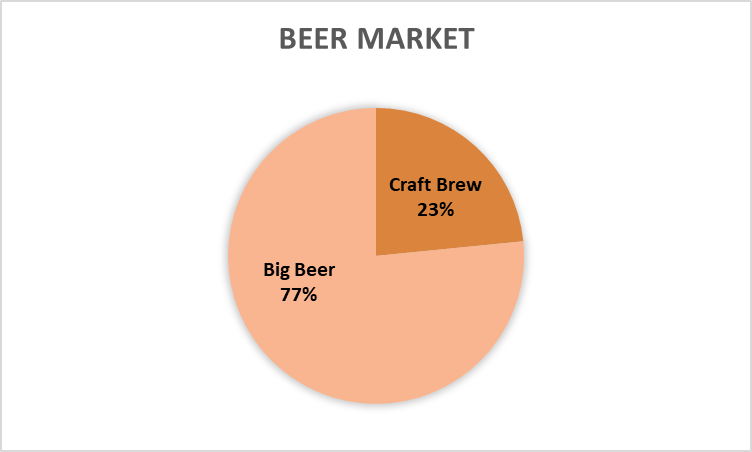
Now, EVG might not know how to turn water, hops, raspberries and lemon into an ale, but we do know marketing. Here are the four key things craft breweries need to do to increase their visibility in the marketplace.
Get the Website Right
Show me a craft brewery without a website, and I’ll show you a brand that’s planning to fail. The web is the first place consumers turn to for info about who you are and what you’re brewing. Local craft brewery websites run the gamut from a professional and polished website with an age-gate (we’re looking at you, Thomas Creek) to a placeholder site with an image of a poster announcing the brewery and urging folks to visit the website (sigh, it’s too meta for words).
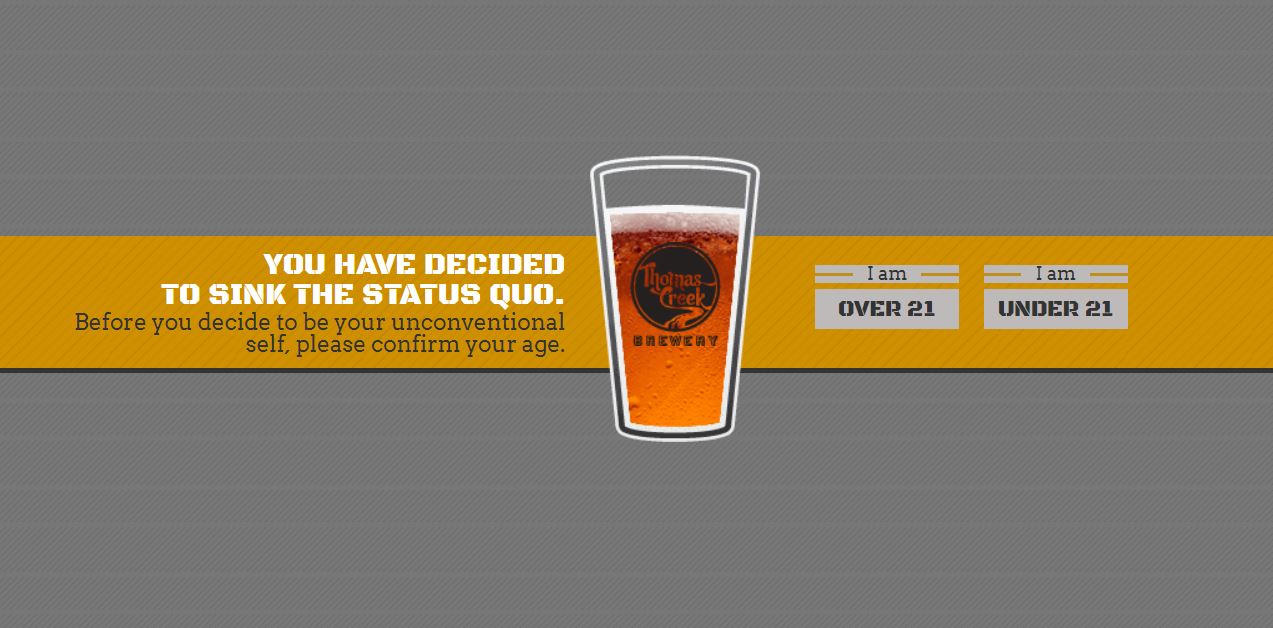
Your audience has been looking at websites for 30 years or more. They know when you get it right. More importantly, they know what it looks like when your cousin’s son wrote your copy. Sure he got a B+ in English, but he may have missed the lesson on editing and punctuation.
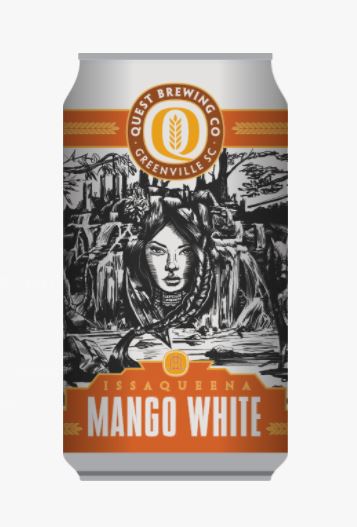 Tell the Right Story
Tell the Right Story
Beer marketing is as much about the beer as it is about your story. After looking at 11 websites, I can tell you this: Nearly every founder got a home brewing kit as a gift and fell in love with the art and craft of making beer. Now, they’re living the dream and making funky sours, special saisons and luscious IPAs. And they all use similar language and voice to describe their precious brews.
A hoppy IPA and a dry stout don’t taste the same. Your content shouldn’t either.
Most of the breweries have worked diligently to craft a unique identity. From label art to naming conventions (Issaqueena Mango White Ale, anyone?), carving out your niche is crucial. But not everyone understands the power of your story in helping to define your brand unless you decide to share the story.
Take Birds Fly South Ale Project as an example. They used an inside family joke to name their brewery, and it adds to the character of their experience. Smart marketing moves also include capitalizing on the name with a cool logo, label art and a clear voice and style in beer names (Love.Birds.1) and their content. They even refer to their fans (and newsletter recipients) as The Flock.
Transforming consumers into fans and brand advocates begins with a clear story about who you are and why you do what you do. If you can sum it up into a great tagline, you’re ahead of the game.
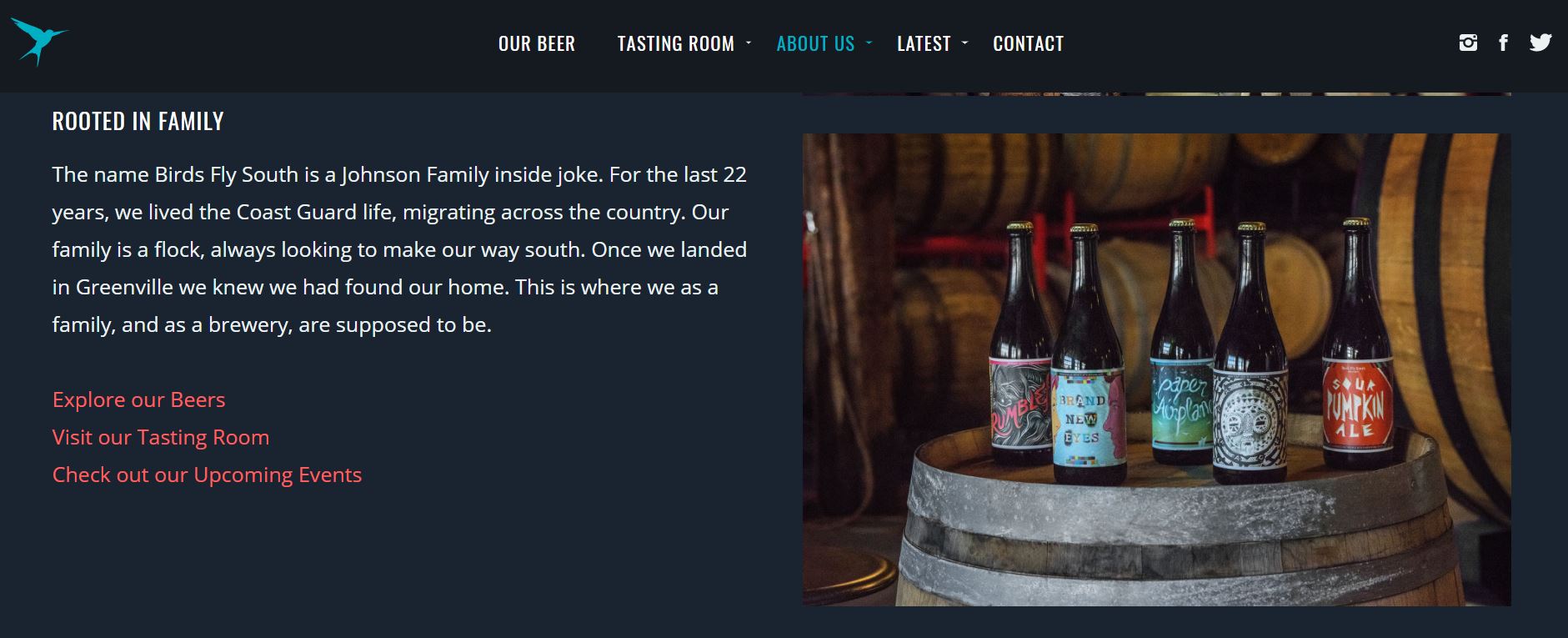
Build a Community
Successful brands appreciate the value of building a community of fans. Finding an audience for your beer is key to success. All 11 local craft breweries recognize the power of social media and its ability to build a community in theory. All 11 have Facebook accounts. But not everyone understands how to actually build a community.
Each one of the local Facebook accounts has more than 1,000 followers; three have more than 10,000 followers. So it’s clear the audience wants to be part of a craft beer community. But a deeper look reveals inconsistent engagement across the board. Followers aren’t sharing this content, liking it or commenting on it.
 In contrast, take a look at New Belgium (not actually in the Upstate, but Asheville is close enough!). New Belgium is killing it on Facebook. There’s a reason more than 790,000 people follow them. Their audience loves them and shows it by engaging with the posts and commenting on them. More importantly, New Belgium is talking to their audience, not at them, and actually responding to the comments they get.
In contrast, take a look at New Belgium (not actually in the Upstate, but Asheville is close enough!). New Belgium is killing it on Facebook. There’s a reason more than 790,000 people follow them. Their audience loves them and shows it by engaging with the posts and commenting on them. More importantly, New Belgium is talking to their audience, not at them, and actually responding to the comments they get.
Ten local breweries have Instagram accounts. If there’s one thing we learned, it’s they put more effort into Instagram than Facebook or Twitter. Of the 10, The Swamp Rabbit Brewery has the largest number of followers and there’s a great reason for it. Their visual marketing is second to none. Clever photos with a focus on the beer is the name of the rabbit’s game, and it shows in the strong level of engagement for their posts. And if they’d respond to the questions and comments, their level of engagement could rise even more dramatically.
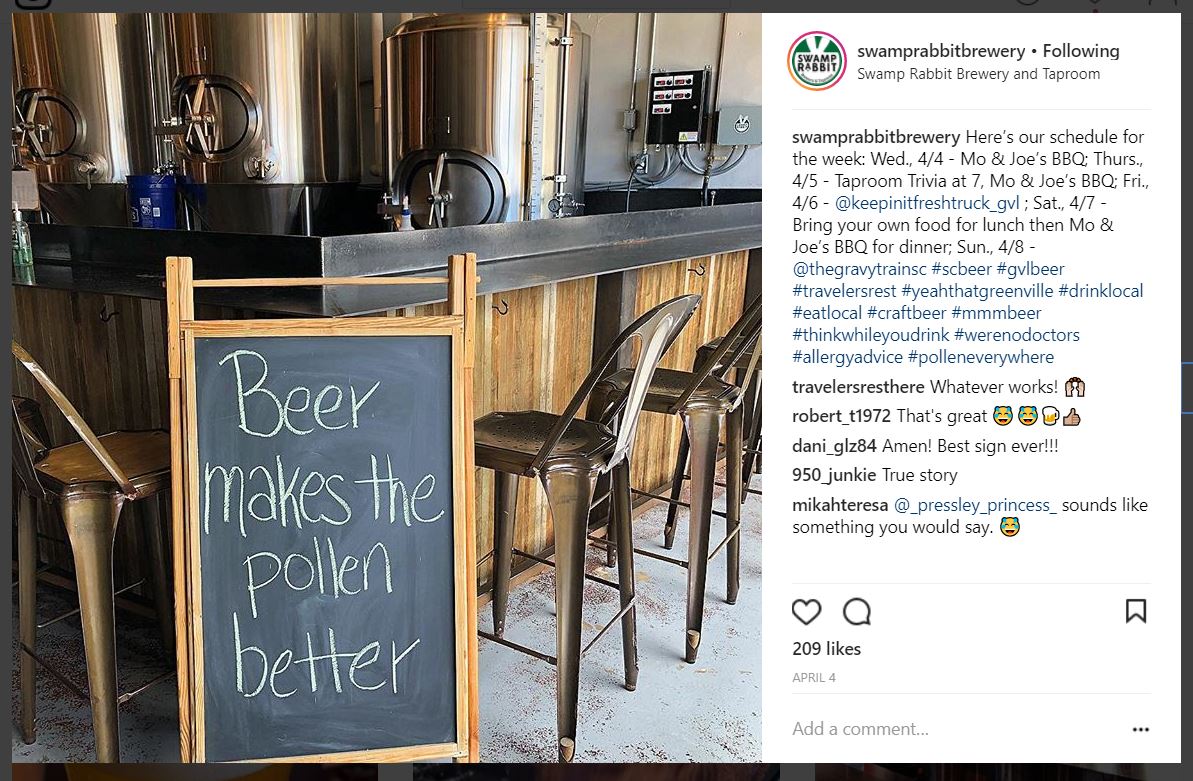
Twitter, on the other hand, appears to be a one-way convo and lost cause for the majority of local brewers. Most of the tweets share their Instagram post. If there’s a single reason your audience isn’t engaging with you, it’s because you’re not saying anything of interest. Brewery 85, on the other hand, has a strategy for this platform, and their tweets and retweets offer something different.
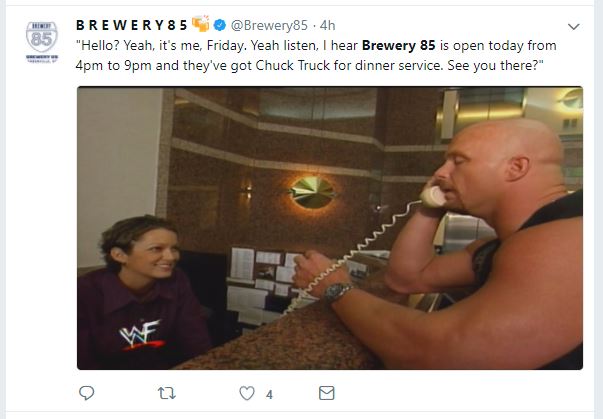
Know Thy Audience
The key to social media success is knowing who your audience is on each platform and understanding what they want. Getting people to follow you isn’t all that hard. But if your audience ignores or doesn’t engage with your posts, all you’re doing is talking to yourself.
Each social media platform has a different audience, and that means each one needs different, fresh and original content. Seeing the same post on Instagram, Facebook and Twitter digital marketing equivalent to flat beer. The only thing worse for business than flat beer is having your customers tell other people that you serve flat beer!
Don’t kid yourself into thinking that, because each platform has a different audience, you have to share the same things across all three to reach everyone. That’s a myth.
You can talk about the same ideas across each, but you need to customize the message to capitalize on what each platform does best:
- Instagram is all about visuals first and words second. To succeed, you need great photos, solid text and smart hashtags.
- Twitter, on the other hand, values images but clever and smart wordplay that’s relevant to the audience’s interests are what does best.
- Facebook, once a surefire solution for building community, has lost its cache. It’s overrun with marketing and hard selling instead of social communities with shared interests. Photos and videos drive higher levels of engagement on this platform in the same way they do on Instagram. But more importantly, Facebook is the ideal platform to really talk with (and not at) your audience. Success here means original and authentic responses as part of the conversation.
Prost!
Marketing isn’t rocket science. Heck, it’s not even as complicated as getting the perfect balance between water, yeast and hops. If you want to do better at it, EVG wants to help. Give us a call and we’ll be happy to sit down with you over a glass of beer to find better solutions to your challenges. Cheers, Y’all!



